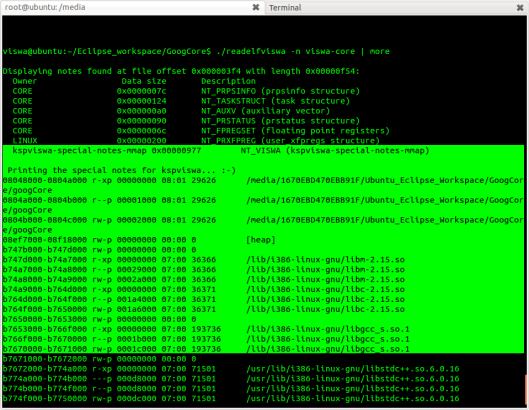

In Ubuntu the core dumps are handled by Apport and can be located in /var/crash/. See also: core dumped - but core file is not in current directory? Then test again, if the core dumping is successful, you will see “(core dumped)” after the segmentation fault indication as below: If your core file size is limited, run: ulimit -c unlimited If the core files are not generated (test it by: sleep 10 & and killall -SIGSEGV sleep), check the limits by: ulimit -a. You can change it in /etc/nf and reloading by sysctl -p. Where %e is the process name and %t the system time. If you look at the core man page, it defines as core dump as a file. To check where the core dumps are generated, run: sysctl re_pattern If you have been programming for a while, you have come across the term core dump. If gcore is not available on your system then kill -ABRT ĭon't use kill -SEGV as that will often invoke a signal handler making it harder to diagnose the stuck process
#HOW TO GET CORE DUMP HOW TO#
If you've come here hoping to learn how to generate a core dump for a hung process, the answer is gcore In tcsh, you'd type limit coredumpsize unlimitedĪs explained above the real question being asked here is how to enable core dumps on a system where they are not enabled. You can specify a size such as 52M instead of unlimited if you want, but in practice this shouldn't be necessary since the size of core files will probably never be an issue for you. Then that will tell bash that its programs can dump cores of any size. If you are using bash, then the ulimit command controls several settings relating to program execution, such as whether you should dump core. This depends on what shell you are using.


 0 kommentar(er)
0 kommentar(er)
